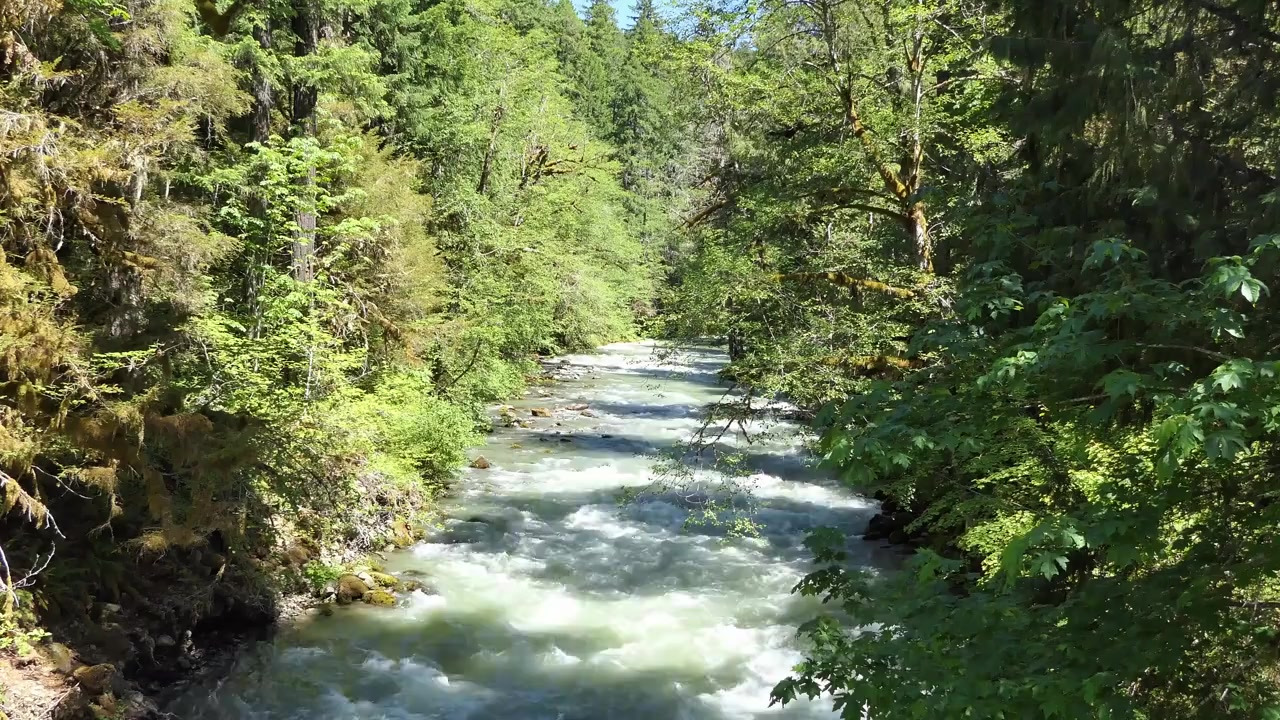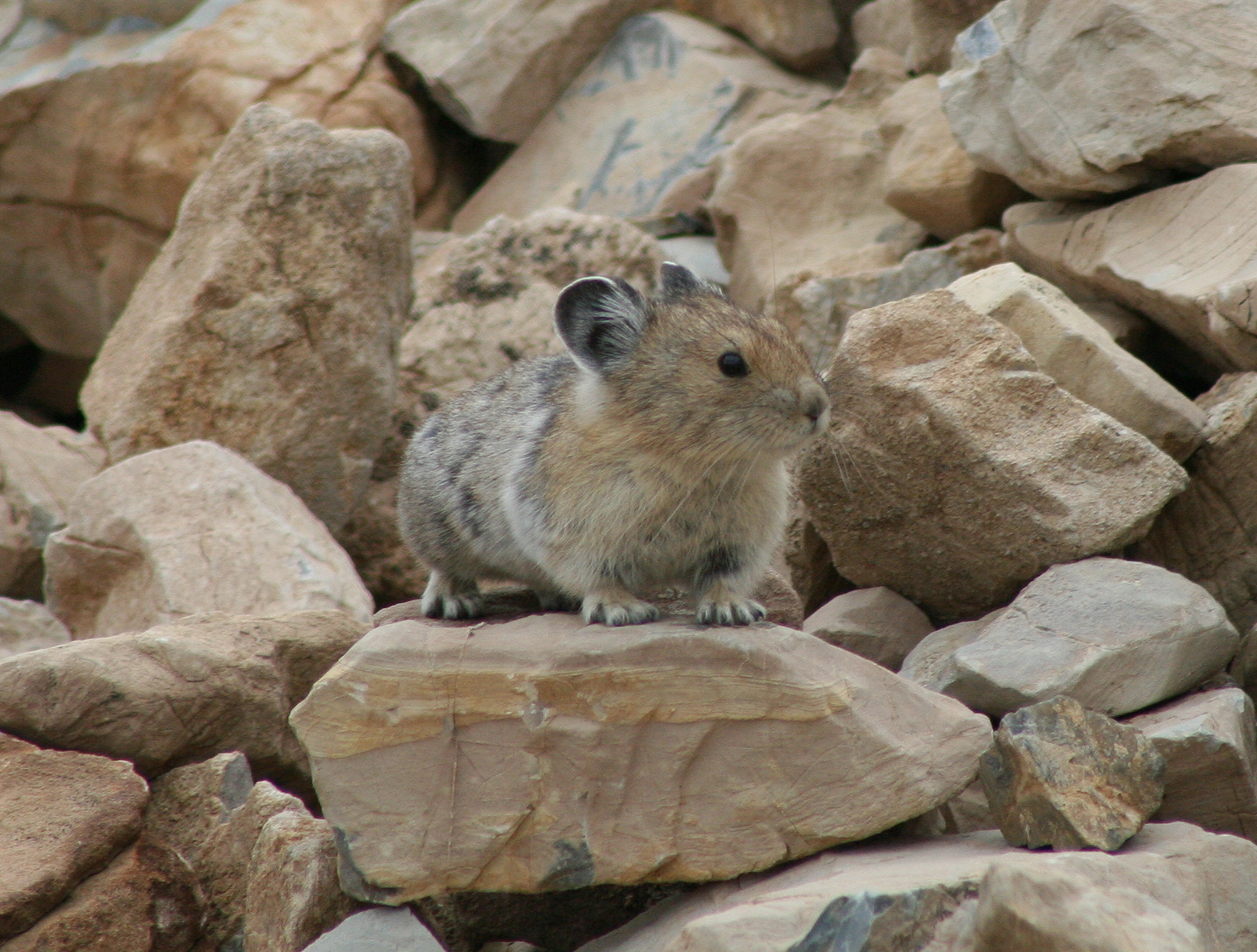By India-Bleu Niehoff, Community Engaged Intern
In part two of our two-part series, we’ve created a list of organizations working to increase representation in the outdoors. The organizations range from groups with active programming working on the ground, to groups advocating for the creation of these programs, to groups raising awareness and providing community support. This is only a small fraction of the organizations out there. Hopefully, this will serve as a living document that will actively add and grow more organizations.
Organizations
Access Ability Wisconsin is a Wisconsin-based organization that provides mobility devices to help Wisconsinites of all mobility levels access nature. https://www.accessabilitywi.org/
Every Kid Outdoors is a program that provides every fourth-grader and their family in America free access to National Parks, Lands and Waters. https://everykidoutdoors.gov/index.htm
Corazón Latino is a national nonprofit organization that runs and facilitates numerous programs for youth and adults that foster social, environmental and conservation initiatives across the United States. https://www.corazonlatino.us/
Disabled & Outdoors is an Instagram page dedicated to highlighting the experiences of those with disabilities in nature. *Note: Instagram page has not been updated since September 2021* Disabled & Outdoors Instagram
Pride Outside is an organization dedicated to providing resources and increasing the LGBTQ+ community’s access to nature and the outdoors. http://prideoutside.net/
The Student Conservation Association has numerous programs to increase diversity and environmental literacy and conservation efforts:
Located in the DC area? Check out DC Urban Tree House, a program from the Student Conservation Association, which provides environmental education programs for DC Urban Youth, emphasizing meaningful connections and conservation projects. https://www.thesca.org/dc-urban-tree-house/
Community Crews offer a way for individuals to become involved in their local community’s conservation efforts. https://www.thesca.org/serve/our-programs/youth-programs/community/
The NPS Academy, is a 12-week summer internship that provides undergraduates and graduate students the ability to explore career opportunities within the National Park Service. https://www.thesca.org/program/young-adult/special-programs/npsa/
Latino Outdoors, is a community-first national organization working to increase the voices and representation of Latino communities in environmental spaces and conservation efforts. https://latinooutdoors.org/
Read a 2018 article detailing the efforts of Latino Outdoors in the Journal of Park and Recreation Administration. Latino Outdoors: Using Storytelling and Social Media to Increase Diversity on Public Lands
DEIB Outdoors is a resource that highlights the “people, places, products, and events that promote diversity and belonging in outdoor recreation.” https://www.deiboutdoors.com/
New York City-based First Strokes: Students Teaching Students How to Swim focuses on creating free opportunities for young adults to swim, an important safety concern. https://firststrokes.org/
Read an National Public Radio article detailing their efforts. “Many teens don’t know how to swim. A grassroots organization is trying to change that.“
Outdoor Afro is a national nonprofit organization providing resources, opportunities and visibility to encourage and support Black people not only engaging in nature but also taking a leadership role. https://outdoorafro.org/
In Solidarity is an organization focused on creating and supporting a more diverse outdoor industry, working with industry partners to facilitate and lead DEI-focused initiatives. https://www.insolidarityproject.com/
The BIPOC Birding Club of Wisconsin, co-founded by Dexter Patterson, serves to provide a community for BIPOC Wisconsin Birders. https://www.bipocbirdingclub.org/
Read an article about Dexter Patterson and his work. UW Alumni Article
See his Instagram Wisco Birder.: Wisco Birder Instagram
Northwest Youth Corps is a conservation group that offers education and job training groups. (Sourced from AP News)
They offer programming for a variety of ages from 15-19, to 19+. General Programs
They also, specifically offer multiple affinity programs for youth, such as: ASL Inclusion Crews, Rainbow LGBTQ+ Crews, Tribal Stewards Crews, and All Women Crews. Affinity Group Programs
Conservation Legacy is a conservation organization with a local aim that highlights the role everyone plays in conservation. They offer a variety of programs, including affinity crews. (Sourced from AP News)
The BrownGirl Green Podcast, run by Kristy Drutman explores the “intersections between media, diversity, and environmentalism,”. Drutman also is the co-founder of Green Jobs Board, which highlights environmental jobs with an emphasis on diversity and equity. (Sourced from AP News)
Master Lists:
Field Mag has an extensive list of 65 Black, Indigenous and POC outdoor organizations to support, ranging from general outdoor organizations, to activity-specific, to youth-focused to education. https://www.fieldmag.com/articles/black-indigenous-poc-outdoor-collectives-nonprofits-instagram
Another list of organizations working to increase representation and diversity in the outdoors from the National Parks Conservation Association. https://www.npca.org/resources/3314-groups-working-to-diversify-the-outdoors-and-the-environmental-movement
Updated: October 1, 2023












